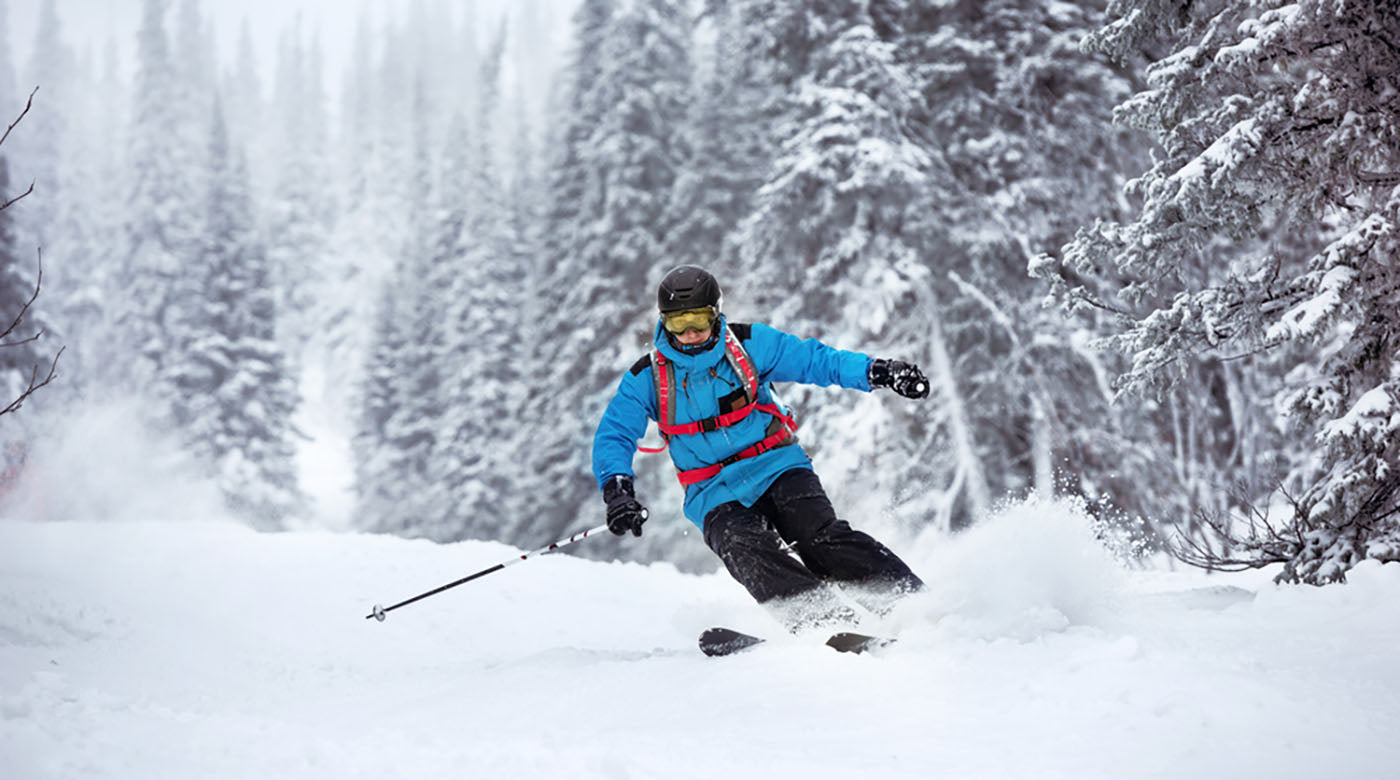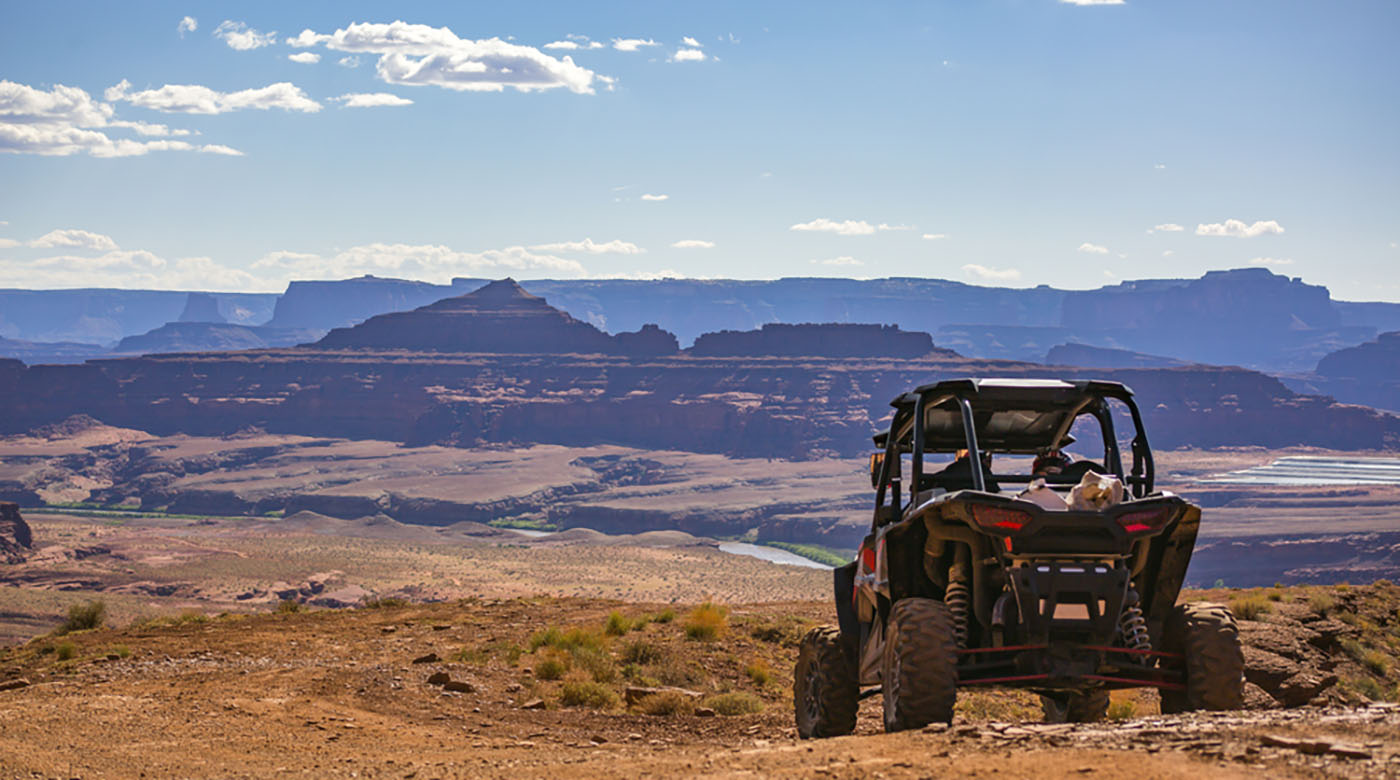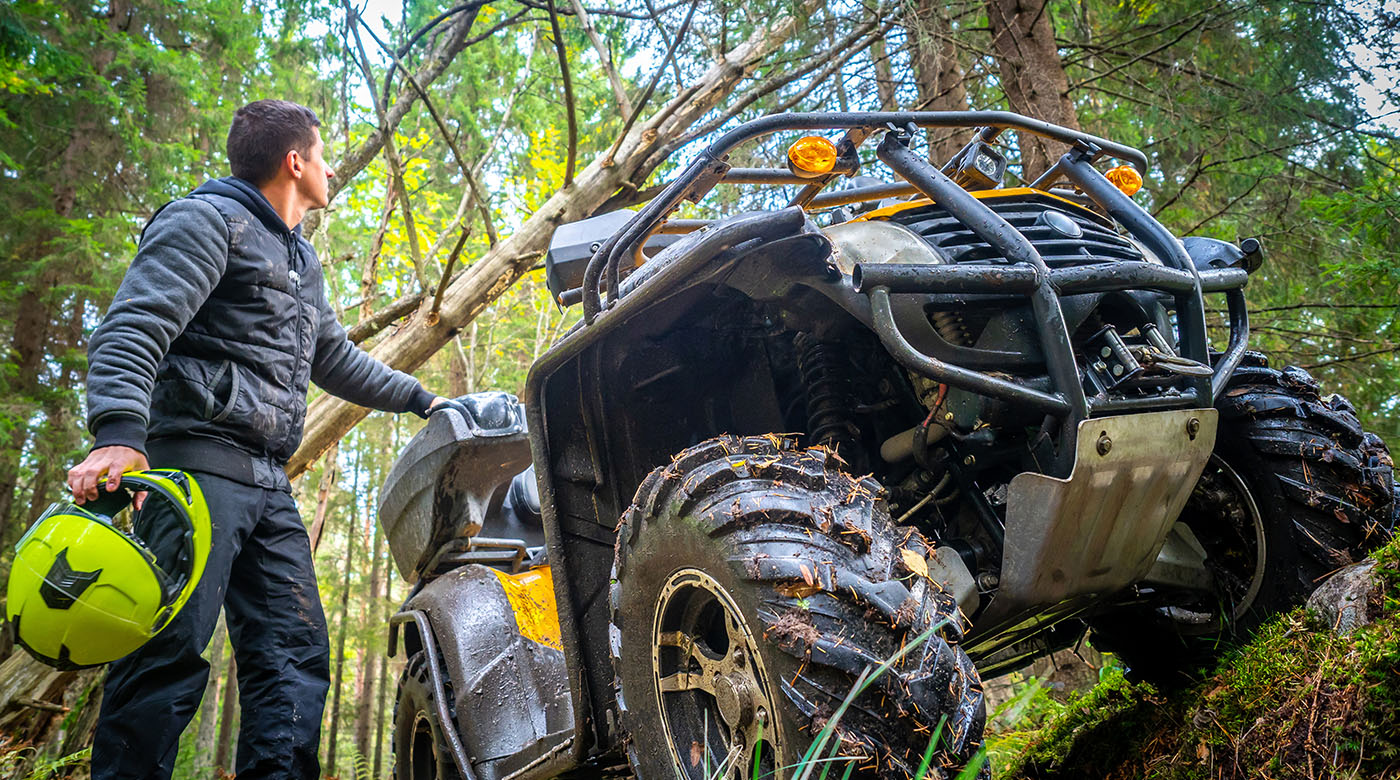When experienced skiers need a challenge, they head off-piste. Skiing on untouched snow lets you explore natural areas beyond what you’d find at a traditional park or resort. Instead of racing down a set track made smooth by other skiers, you can forge a path through the wilderness to put your skills to the test. Long lines and overcrowding are pushing more people to ski off-piste. You’ll encounter more obstacles, navigate challenging terrain and get closer to nature by leaving the hustle and bustle behind. Use this off-piste skiing guide to prepare for the road less traveled.
What Is Off-Piste Skiing?
Off-piste areas are wide, open areas untouched by other skiers. The term describes any snowy terrain other than a groomed run or trail. Some parks have designated zones for freestyling. Adventurous skiers hike or get airlifted onto a mountain. There are no guideposts or markers to tell you where to go. The ground has unpacked snow, known as powder, which makes for a scenic ride, but you may encounter deep or light snow, bumps, tight turns, steep jumps and chutes. You’ll navigate through the wilderness as you head down the mountain.
Is Off-Piste Skiing Dangerous?
Off-piste skiing, or backcountry skiing, introduces risks most skiers don’t have to consider. Powder increases friction, consuming more energy than piste skiing. The terrain can be unpredictable, leading to trips and falls. You could encounter impassable areas that force you to hike or climb down the mountain. You’ll also need supplies to find your way back to civilization.
However, fewer people means you don’t have to worry about running into another skier.
Off-Piste Skiing Gear
You’ll need off-piste skis to glide over the uneven snow. They are wider than on-piste skis and have a rocker shape instead of a camber to reduce friction and contact with the ground. If you ski with the wrong equipment, you could get stuck in deep trenches and cruds.
Wear the required safety gear and warm layers to reduce your risk of injury, including a full-face helmet with ventilation or a half-face helmet with goggles, waterproof gloves, boots, ski pants, ski jacket and sweat-wicking long underwear. Use ski helmet communication to talk to your companion wirelessly without taking your hands off the poles.
Bring a map, a compass and a radio to find your way home safely. Compare with the recommended backcountry ski gear to prepare for longer trips.
Use Ski Helmet Communication to Stay Connected Off-PisteTips for Off-Piste Skiing

Source: zedspider/Shutterstock.com
Build Experience
Practice on groomed slopes to build the essential skills before venturing off the trail. You’ll need excellent balance, lightning-fast reflexes and confidence to keep calm when no one can guide you.
Bring a Buddy
You should never explore unpopulated areas alone in case you get lost or injured. With a companion, one person can attend to the other person’s wounds or go for help. You can also share tips and alert each other to obstacles as they appear. Use ski helmet headphones that connect automatically in range to stay focused on what’s ahead.
Turn Wide
Tight turns force the edges of your skis into the snow, but they can get stuck in deep powder. Give yourself more time to turn using your legs and body weight instead of cutting on a dime.
Stay Alert
Curves, drop-offs and steep slopes can come out of nowhere when everything’s dusted white. Pay attention to subtle variations that could affect your speed or direction.
Limit Your Descent
Your speed can quickly get away from you on steep drops. Research the terrain and the slope’s gradient to avoid areas that send you into areas ridden with obstacles. Avoid descents steeper than 30 degrees to maintain a comfortable speed.
Use Blocker Pole Plants
Blocker pole plants help you reduce your speed on jumps when skiing downhill. As you hit the ground, turn your body left or right while planting the pole at a 45-degree angle to shift directions quickly. Put your weight on the pole to prevent yourself from moving forward. Otherwise, you’d be racing to the bottom like a runaway train.
Hop Over Obstacles
Hop turn over narrow chutes, pockets and gullies by crouching on the approach before jumping up as you pivot left or right. Practice timing your jump and choose a safe landing pad to regain your balance quickly.

Source: zedspider/Shutterstock.com
Closing Thoughts
Groomed slopes may lose appeal once you get a taste of skiing off-piste. Nothing screams adventure like hitting the wilderness how it was meant to be appreciated. Use the right equipment, stay within your limits and avoid areas that would throw any skier for a loop to go off-piste responsibly.





